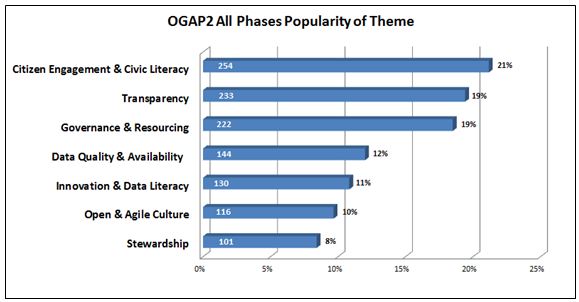By Drew Bush
This story was originally reported on Teressa Scassa’s personal blog which you can find here.
In a paper just published in the Fordham Urban Law Journal, Geothink researcher Teresa Scassa argues that the actual laws governing intellectual property (IP) rights are often surprisingly irrelevant in disputes over rights to municipal transit data. Instead, she finds that being in a position to make a claim to IP rights is often more important than actually having a good claim.
“How people decide to interact with each other is more important than what their precise legal rights might be,” Scassa, the Canada research chair in information law at University of Ottawa, wrote in an e-mail to Geothink.ca. “Often, to understand the precise boundaries of those rights it is necessary to litigate and one or both parties may lack the resources to go to court. So, in those circumstances, parties may reach an understanding of how they will set the boundaries of their relationships.”
Her paper, entitled Public Transit Data Through an Intellectual Property Lens: Lessons About Open Data, examines some of the challenges presented by the transition from ‘closed’ to open data within the municipal context. She completed the paper as part of a Geothink project examining open data in a concrete context that’s particular to municipalities.
“In the municipal transit data context, there was generally an imbalance of resources between developers and municipalities, and there was little desire on either part to go to court,” she added. “Nevertheless, in the early days, municipal transit authorities asserted their IP rights using cease and desist letters. This assertion of IP rights was met with arguments about the need for open data, and eventually compromises were reached around open data that shifted over time, and varied from one municipality to another.”
In the paper, she examines how these legal developments have impacted the use of real-time transit data by developers seeking to make use of this data in digital applications and corporations hoping to add value to products and services they offer. In particular, the paper covers three types of data: 1) Route maps; 2) Static data (such as bus timetables that only change seasonally); 3) And, real-time GPS data generated by units installed on transit vehicles.
A number of municipalities exerted their IP rights over such data because of concerns that ranged from ensuring its quality and authenticity to preserving the ability to make data available on a cost-recovery basis.
“The emerging open data movement shifted some of these concerns and created a new set of expectations and practices around open municipal transit data,” she wrote in her e-mail. “As data become more complex (with the advent of real-time GPS data, for example) the IP issues shifted and changed again, raising new questions about open data in this context. This is where the next phase of my research will take me.”
To find out more about Teresa Scassa’s work, visit her personal blog here or follow her on Twitter @teresascassa. For more on IP, check out another of her recent papers (written with Univeristy of Ottawa doctoral student Haewon Chung) that analyzes various types of volunteer citizen science activities to determine whether they raise legal questions about IP ownership.
Find a link to the article along with its abstract below.
Public Transit Data Through an Intellectual Property Lens: Lessons About Open Data
This paper examines some of the challenges presented by the transition from ‘closed’ to open data within the municipal context, using municipal transit data as a case study. The particular lens through which this paper examines these challenges is intellectual property law. In a ‘closed data’ system, intellectual property law is an important means by which legal control over data is asserted by governments and their agencies. In an ‘open data’ context, the freedom to use and distribute content is a freedom from IP constraints. The evolution of approaches to open municipal transit data offers some interesting examples of the role played by intellectual property at every stage in the evolution of open municipal transit data, and it highlights not just the relationship between municipalities and their residents, but also the complex relationships between municipalities, residents, and private sector service providers.
If you have thoughts or questions about the article, get in touch with Drew Bush, Geothink’s digital journalist, at drew.bush@mail.mcgill.ca.


